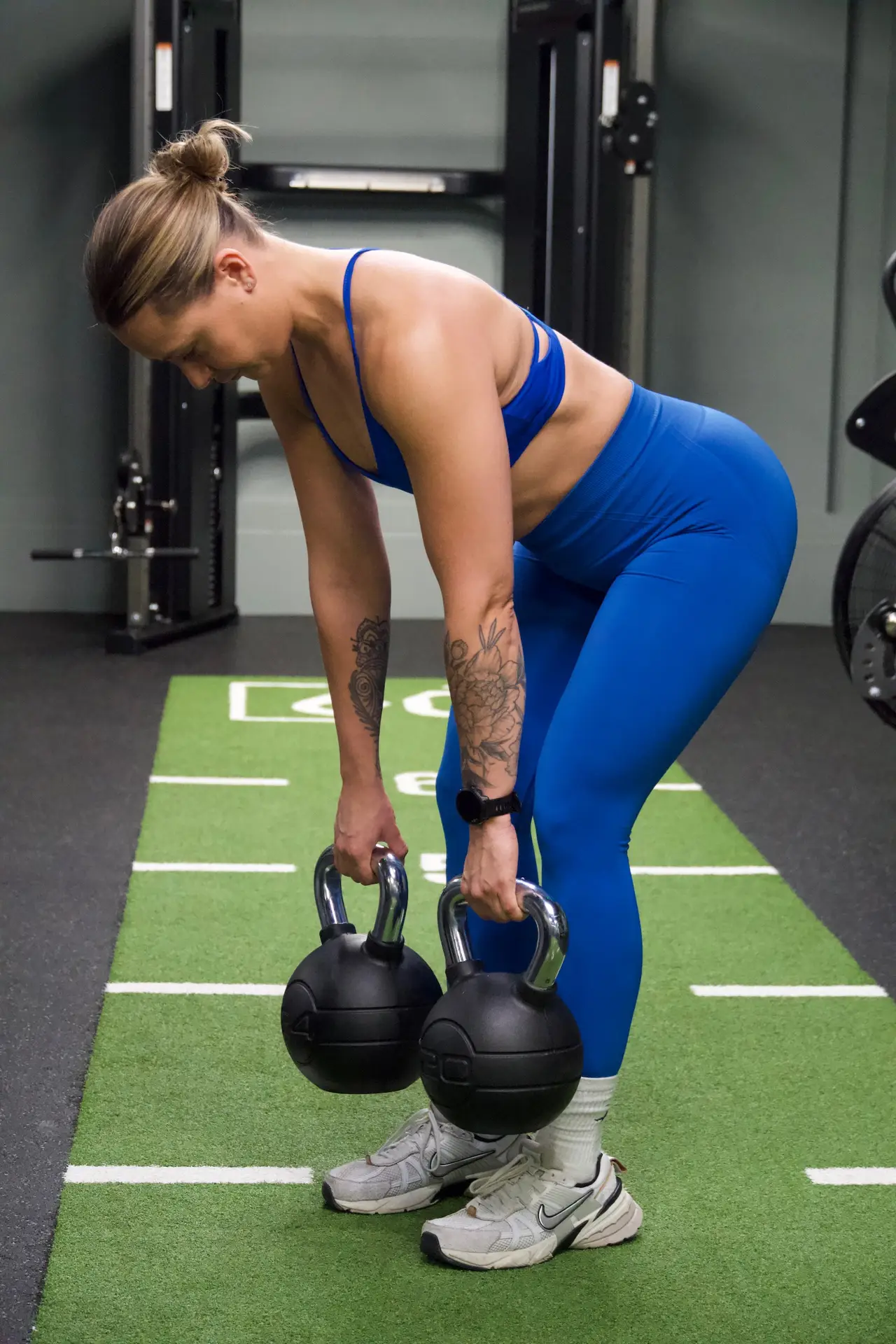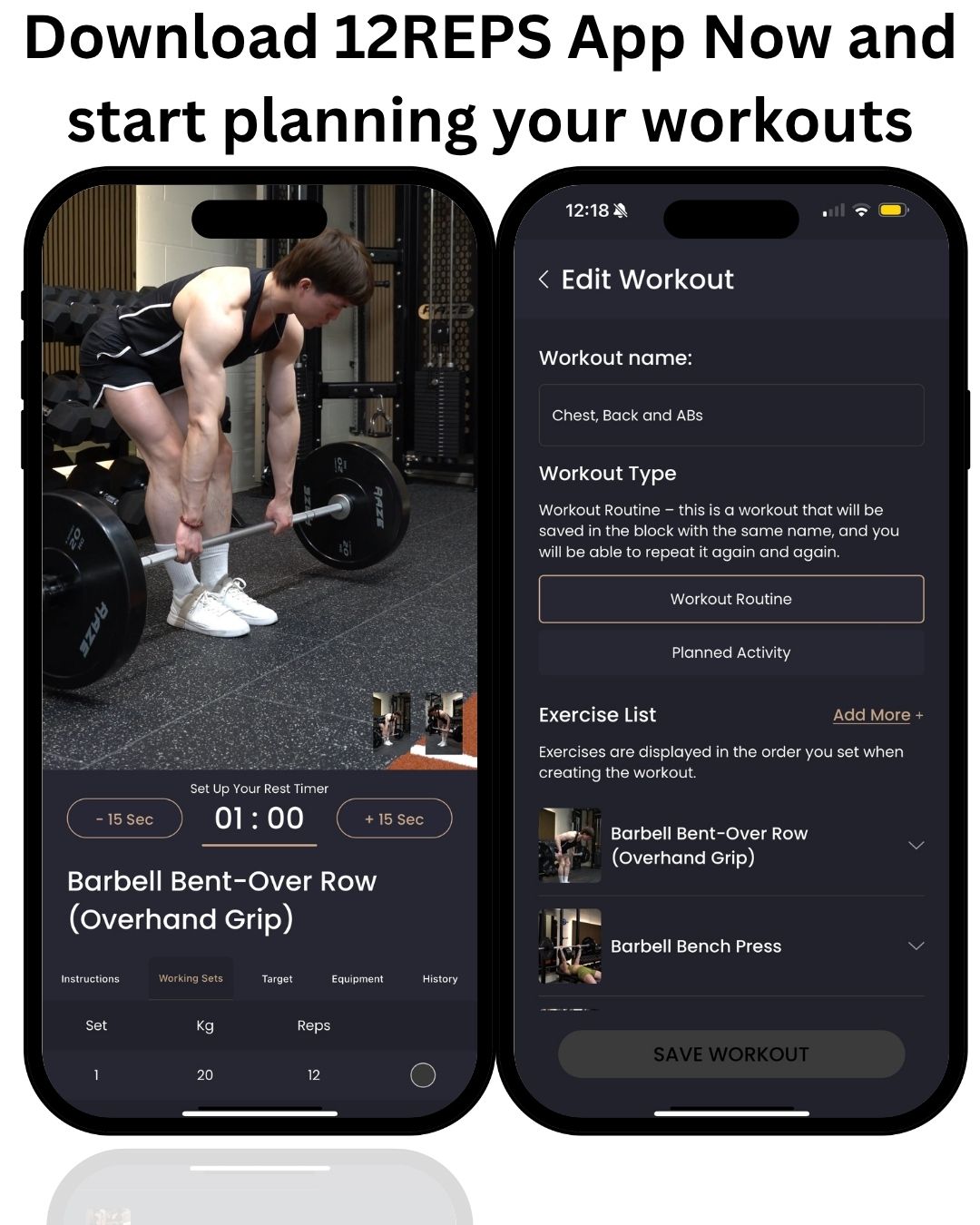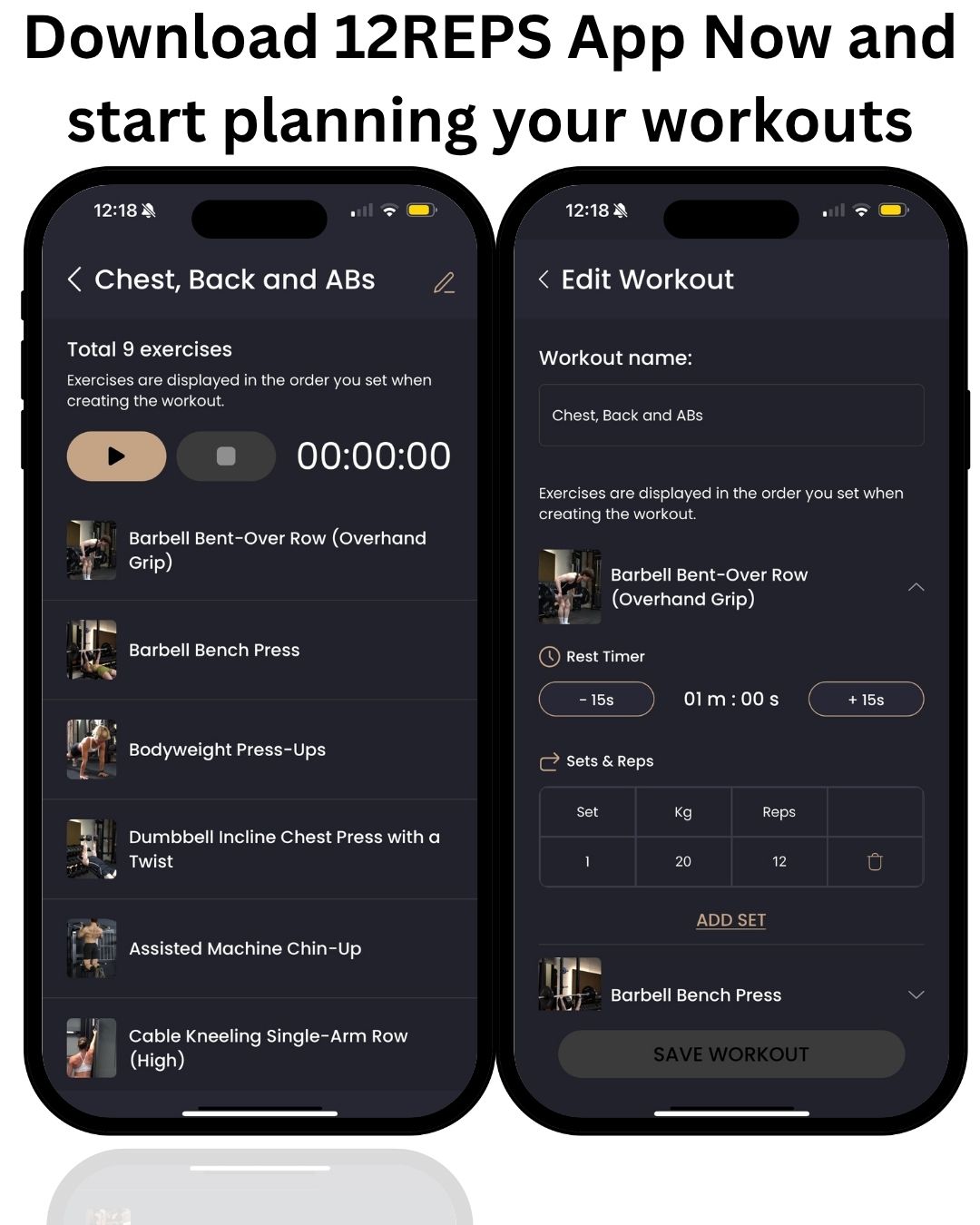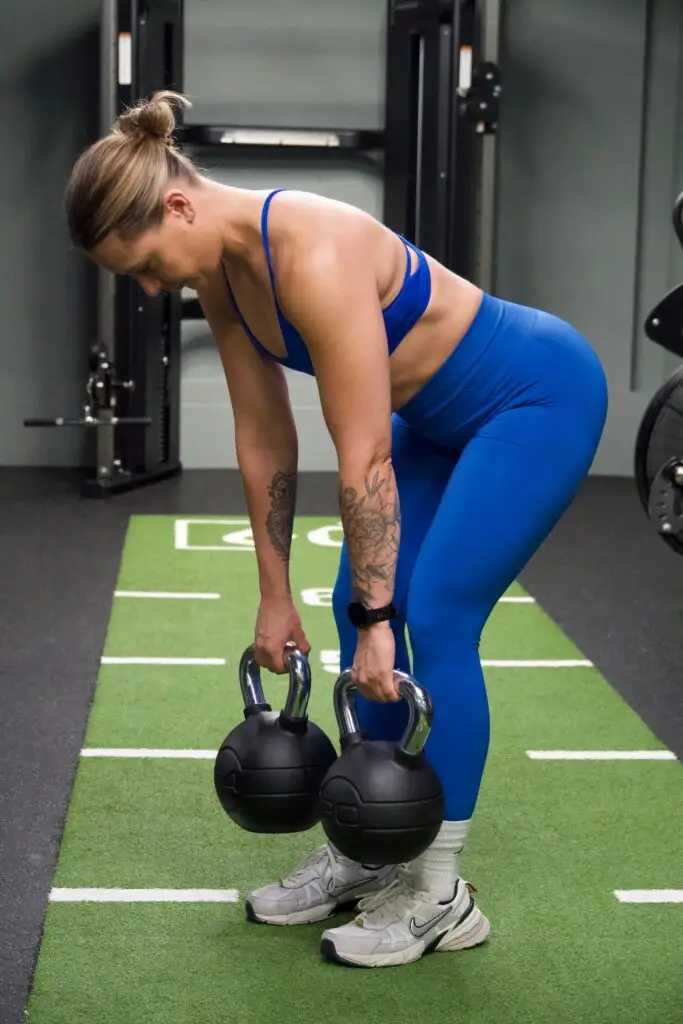If you’ve ever walked into a gym feeling overwhelmed by all the different equipment and workout options, wondering which approach will actually help you lose fat, you’re not alone. After over 10 years as a personal trainer, this is probably the most common question I get asked. The truth is, while there’s no single “magic” workout for fat loss, there are definitely approaches that work better than others.
My name is Will Duru, and with a BSc (Hons) in Sport and Exercise Science and over a decade of experience as an award-winning personal trainer, I’ve helped hundreds of clients achieve their fat loss goals. What I’ve learned through both research and real-world application is that the best workout for fat loss isn’t just about burning calories during exercise; it’s about creating a sustainable approach that boosts your metabolism, preserves muscle mass, and fits into your lifestyle.
In this article, we’ll explore the science behind effective fat loss workouts, compare different training methods, and discuss how you can track your progress using modern tools like a 12reps app, weight-lifting planner and tracker. Whether you prefer gym workouts or need a home workout planner and tracker, I’ll show you how to design a program that delivers real results.

The Science of Fat Loss Workouts
Understanding the science behind fat loss is crucial for designing effective workouts. While the fitness industry is full of myths and quick fixes, the research gives us clear guidance on what actually works.
Caloric deficit principle
The fundamental principle of fat loss is creating a caloric deficit – burning more calories than you consume. However, the type of exercise you choose significantly impacts how effectively you can create and maintain this deficit. Recent research has challenged the traditional “fat burning zone” concept, showing that higher intensity exercise is generally more effective for fat loss [1].
The key insight from current research is that fat loss isn’t simply about burning fat during exercise. Instead, it’s about the overall metabolic impact of your training program. High-intensity exercise creates what researchers call “carbon and nitrogen redistribution,” where your body prioritises sending nutrients to recovering muscles rather than storing them as fat [1]. This means that even though you might not burn as much fat during a high-intensity workout, the overall effect on fat loss is greater.
Your body continues burning calories at an elevated rate for hours after intense exercise, a phenomenon known as Excess Post-Exercise Oxygen Consumption (EPOC) or the “afterburn effect.” This means that a 30-minute high-intensity workout can have metabolic benefits that last for 12-24 hours, making it much more effective than the same amount of time spent on moderate-intensity exercise.
HIIT vs. steady-state cardio
The debate between High-Intensity Interval Training (HIIT) and steady-state cardio has been largely settled by research. While both have their place, HIIT consistently shows superior results for fat loss. Studies have found that HIIT can produce up to nine times more fat loss than steady-state cardio when comparing similar time investments [1].
HIIT works by alternating between periods of very high intensity (usually 80-95% of maximum effort) and recovery periods. This approach not only burns more calories during the workout but also creates a much larger EPOC effect. A typical HIIT session might involve 30 seconds of all-out effort followed by 90 seconds of active recovery, repeated for 15-20 minutes.
However, this doesn’t mean steady-state cardio is useless. It has its place in a well-rounded program, particularly for active recovery, building aerobic base fitness, and for individuals just starting their fitness journey. The key is understanding that if your primary goal is fat loss and you have limited time, HIIT will give you better results
Strength training for metabolism
One of the biggest mistakes people make when trying to lose fat is focusing only on cardio and neglecting strength training. Research consistently shows that resistance training is crucial for effective fat loss for several reasons [2].
First, strength training helps preserve muscle mass during fat loss. When you’re in a caloric deficit, your body will break down both fat and muscle tissue for energy. By maintaining a strength training workout planner and tracker routine, you signal to your body that muscle tissue is needed and should be preserved. This is crucial because muscle tissue burns more calories at rest than fat tissue.
Second, resistance training increases your resting metabolic rate. Studies show that ten weeks of resistance training can increase lean weight by 1.4 kg, increase resting metabolic rate by 7%, and reduce fat weight by 1.8 kg [2]. This means you’ll burn more calories throughout the day, even when you’re not exercising.
Finally, strength training creates a significant EPOC effect, especially when performed with shorter rest periods and compound movements. This makes it an excellent tool for both fat loss and muscle building.

Effective Fat Loss Workout Types
Now that we understand the science, let’s look at the most effective workout types for fat loss. These approaches combine the principles we’ve discussed to maximise both calorie burn and metabolic impact.
Circuit training
Circuit training is one of the most effective approaches for fat loss because it combines strength training and cardiovascular exercise into one efficient workout. Research shows that resistance circuit-based training is highly effective for decreasing total body fat while increasing muscle mass [3].
A typical circuit involves performing 4-8 exercises consecutively with minimal rest between each exercise. You might do squats, push-ups, rows, and planks for 45 seconds each with 15 seconds transition time, then rest for 1-2 minutes before repeating the circuit. This approach keeps your heart rate elevated throughout the workout while still providing the muscle-building benefits of resistance training.
The beauty of circuit training is its efficiency. You can get an excellent fat loss workout in 20-30 minutes, making it perfect for people with busy schedules. It’s also highly adaptable – you can create circuits using bodyweight exercises, dumbbells, kettlebells, or gym machines, depending on your equipment and fitness level.
Compound movements
Compound movements are exercises that work multiple muscle groups simultaneously, such as squats, deadlifts, pull-ups, and push-ups. These exercises are incredibly effective for fat loss because they burn more calories, create greater metabolic stress, and provide more functional strength benefits than isolation exercises.
When designing fat loss workouts, I recommend that 80% of your exercises should be compound movements. Not only do they burn more calories during the workout, but they also create greater EPOC effects and help build the kind of functional strength that carries over to daily activities.
Compound movements also allow you to work your entire body efficiently. Instead of spending time on bicep curls and calf raises, you can get a full-body workout with just 4-5 compound exercises. This makes them perfect for both gym workouts and home routines.
Metabolic conditioning
Metabolic conditioning (MetCon) workouts are designed specifically to improve your body’s ability to produce and use energy efficiently while maximising calorie burn. These workouts typically combine strength exercises with cardio intervals in challenging, time-efficient formats.
A typical MetCon workout might involve performing a circuit of exercises for a set time period (like 12 minutes) with the goal of completing as many rounds as possible. Or it might involve completing a specific number of repetitions of several exercises as quickly as possible while maintaining good form.
The key to effective metabolic conditioning is selecting exercises and formats that simultaneously challenge multiple energy systems. This creates maximum metabolic stress and calorie burn both during and after the workout.
Here’s a comparison table of different fat loss workout types:
Workout Type | Time Efficiency | Calorie Burn | Muscle Preservation | Equipment Needed |
Circuit Training | High | High | High | Minimal to Moderate |
HIIT Cardio | Very High | Very High | Moderate | Minimal |
Steady-State Cardio | Low | Moderate | Low | Minimal |
Strength Training | Moderate | Moderate | Very High | Moderate to High |
MetCon | Very High | Very High | High | Minimal to Moderate |
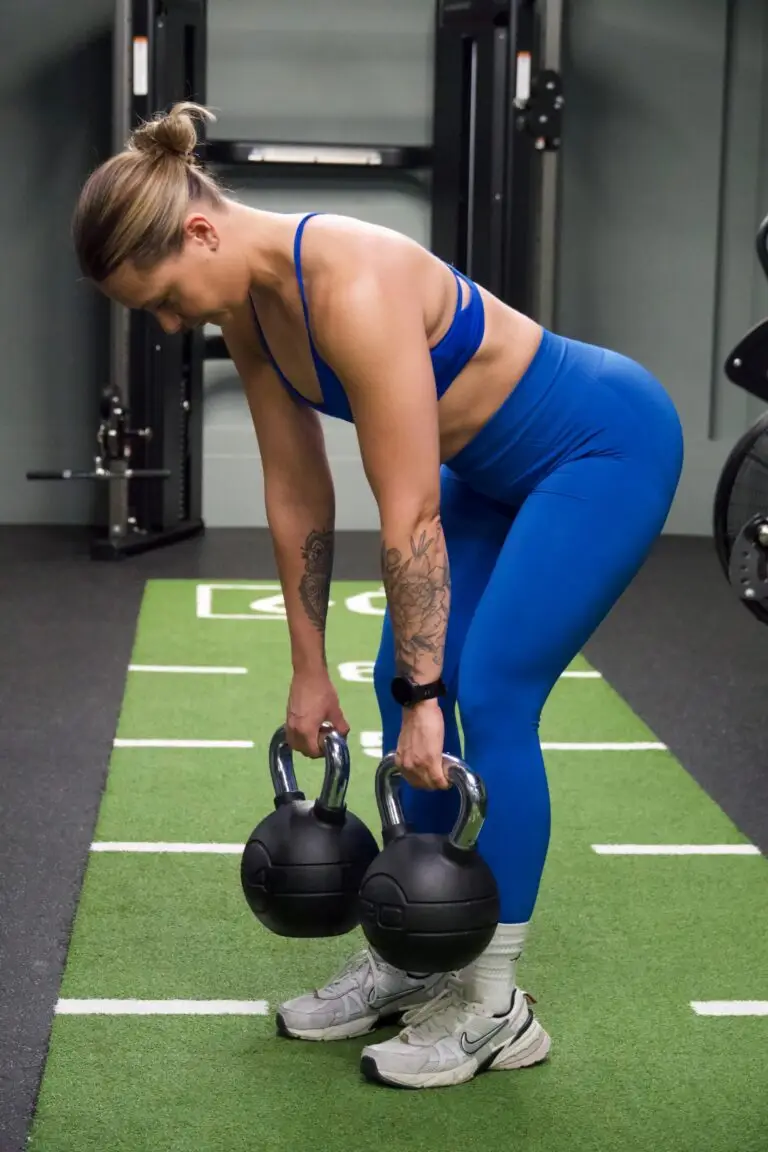
Home vs. Gym Workouts for Fat Loss
One of the great things about effective fat loss workouts is that you don’t need a fully equipped gym to get excellent results. Both home and gym workouts can be highly effective when designed properly.
Equipment-free fat-burning exercises
Bodyweight exercises can provide incredibly effective fat loss workouts when programmed correctly. The key is choosing exercises that work multiple muscle groups and can be performed at high intensity. Some of the most effective bodyweight exercises for fat loss include burpees, mountain climbers, jump squats, push-ups, and high knees.
A simple but effective home fat loss circuit might include 30 seconds each of burpees, push-ups, jump squats, mountain climbers, and plank holds, with 30 seconds rest between exercises. Repeat this circuit 4-6 times for a challenging 20-30 minute workout that requires no equipment.
The advantage of bodyweight workouts is their convenience and accessibility. You can do them anywhere, anytime, without worrying about gym hours or equipment availability. This makes them perfect for people with busy schedules or those who travel frequently. Using a home workout planner and tracker can help you stay consistent and progressive with these routines.
Gym-based fat loss routines
While home workouts are effective, gym workouts do offer some advantages for fat loss. The variety of equipment allows for greater exercise selection and easier progression. Weights, machines, and cardio equipment can provide challenges that are difficult to replicate at home.
Gym-based fat loss routines can incorporate heavier resistance training, which is excellent for preserving muscle mass during fat loss. You can also use equipment like rowing machines, battle ropes, and kettlebells that provide unique metabolic challenges.
A typical gym-based fat loss workout might combine compound strength exercises like squats and deadlifts with high-intensity cardio intervals on machines like the rowing machine or bike. This combination provides the muscle-preserving benefits of heavy resistance training with the metabolic benefits of intense cardio.
Tracking progress with different workout types
Regardless of whether you choose home or gym workouts, tracking your progress is crucial for long-term success. Different workout types require different tracking approaches to ensure you’re making progress and staying motivated.
For strength-based workouts, tracking the weight lifted, the number of repetitions completed, and the rest periods is essential. For circuit training and MetCon workouts, you might track the number of rounds completed, total time, or total repetitions. For cardio-based workouts, tracking distance, time, and intensity levels helps ensure progression.
The key is to choose metrics that are relevant to your workout type and goals, and then track them consistently over time. This data helps you see progress even when the scale isn’t moving, which is common during fat loss phases where you’re losing fat and gaining muscle simultaneously.

Using a Weight Lifting Planner and Tracker for Fat Loss
Modern technology has made it easier than ever to design, track, and optimise your fat loss workouts. A good weight-lifting planner and tracker can be invaluable for ensuring you’re making progress and staying consistent with your program.
Progressive overload tracking
Progressive overload – gradually increasing the demands on your muscles over time – is crucial for both muscle building and fat loss. For fat loss, progressive overload helps ensure you’re maintaining muscle mass while in a caloric deficit and continuing to challenge your metabolism.
A strength training workout planner and tracker can help you systematically increase weights, repetitions, or workout density over time. This might mean adding 5 pounds to your squat each week, completing an extra round of your circuit, or reducing rest periods between exercises.
The key is making small, consistent improvements rather than trying to make huge jumps. Your tracking app can help you see these small improvements over time and suggest appropriate progressions based on your performance.
Calorie burn estimation
While calorie burn estimates from fitness trackers aren’t perfectly accurate, they can provide useful feedback about the intensity and effectiveness of your workouts. Most modern home workout planner and tracker apps can estimate calorie burn based on your body weight, workout type, and duration.
More importantly, these apps can help you understand the relative intensity of different workouts. You’ll quickly learn which types of exercises and workout formats burn the most calories and create the greatest metabolic impact for your body.
Remember that the goal isn’t to maximise calorie burn at all costs, but to find sustainable workout approaches that you can maintain long-term while achieving your fat loss goals.
Workout intensity monitoring
Heart rate monitoring can be particularly valuable for fat loss workouts because it helps ensure you’re working at appropriate intensities. For HIIT workouts, you want to reach 80-95% of your maximum heart rate during work intervals. For circuit training, maintaining 70-85% throughout the workout is typically ideal.
Many weight-lifting planner and tracker apps now integrate with heart rate monitors and can provide real-time feedback about your workout intensity. This helps ensure you’re working hard enough to get results while avoiding overtraining.
Intensity monitoring also helps you understand how different exercises and workout formats affect your body. You might discover that certain exercises or combinations create higher intensity responses, allowing you to design more effective workouts.

Conclusion
The best workout for fat loss isn’t a single exercise or routine – it’s a comprehensive approach that combines high-intensity training, strength training, and progressive overload in a sustainable format. The research clearly indicates that high-intensity exercise, particularly when combined with resistance training, is more effective than traditional steady-state cardio for achieving fat loss.
Whether you choose gym workouts or prefer a home workout planner and tracker approach, the key principles remain the same. Focus on compound movements, maintain high intensity, preserve muscle mass through strength training, and track your progress consistently. Circuit training and metabolic conditioning provide excellent options for combining these principles into time-efficient workouts.
Remember that consistency is more important than perfection. The best workout program is the one you’ll actually stick to long-term. Use a strength training workout planner and tracker to monitor your progress, but don’t get so caught up in the data that you lose sight of the bigger picture.
Fat loss is ultimately about creating a sustainable caloric deficit while preserving muscle mass and metabolic health. The workout approaches outlined in this article provide effective tools for achieving these goals, but they must be combined with appropriate nutrition and recovery practices for optimal results.
Start with the approach that best fits your current fitness level, schedule, and preferences. As you build consistency and see results, you can gradually increase intensity and complexity. The journey to effective fat loss is a marathon, not a sprint, and the habits you build along the way are just as important as the workouts themselves.

References
[1] Harris, M. B., & Kuo, C. H. (2021). Scientific Challenges on Theory of Fat Burning by Exercise. Frontiers in Physiology, 12, 685166. https://pmc.ncbi.nlm.nih.gov/articles/PMC8290478/
[2] Westcott, W. L. (2012). Resistance training is medicine: effects of strength training on health. Current Sports Medicine Reports, 11(4), 209-216. https://pubmed.ncbi.nlm.nih.gov/22777332/
[3] Ramos-Campo, D. J., Andreu Caravaca, L., Martínez-Rodríguez, A., & Rubio-Arias, J. Á. (2021). Effects of Resistance Circuit-Based Training on Body Composition, Strength and Cardiorespiratory Fitness: A Systematic Review and Meta-Analysis. Biology, 10(5), 377. https://pmc.ncbi.nlm.nih.gov/articles/PMC8145598/

